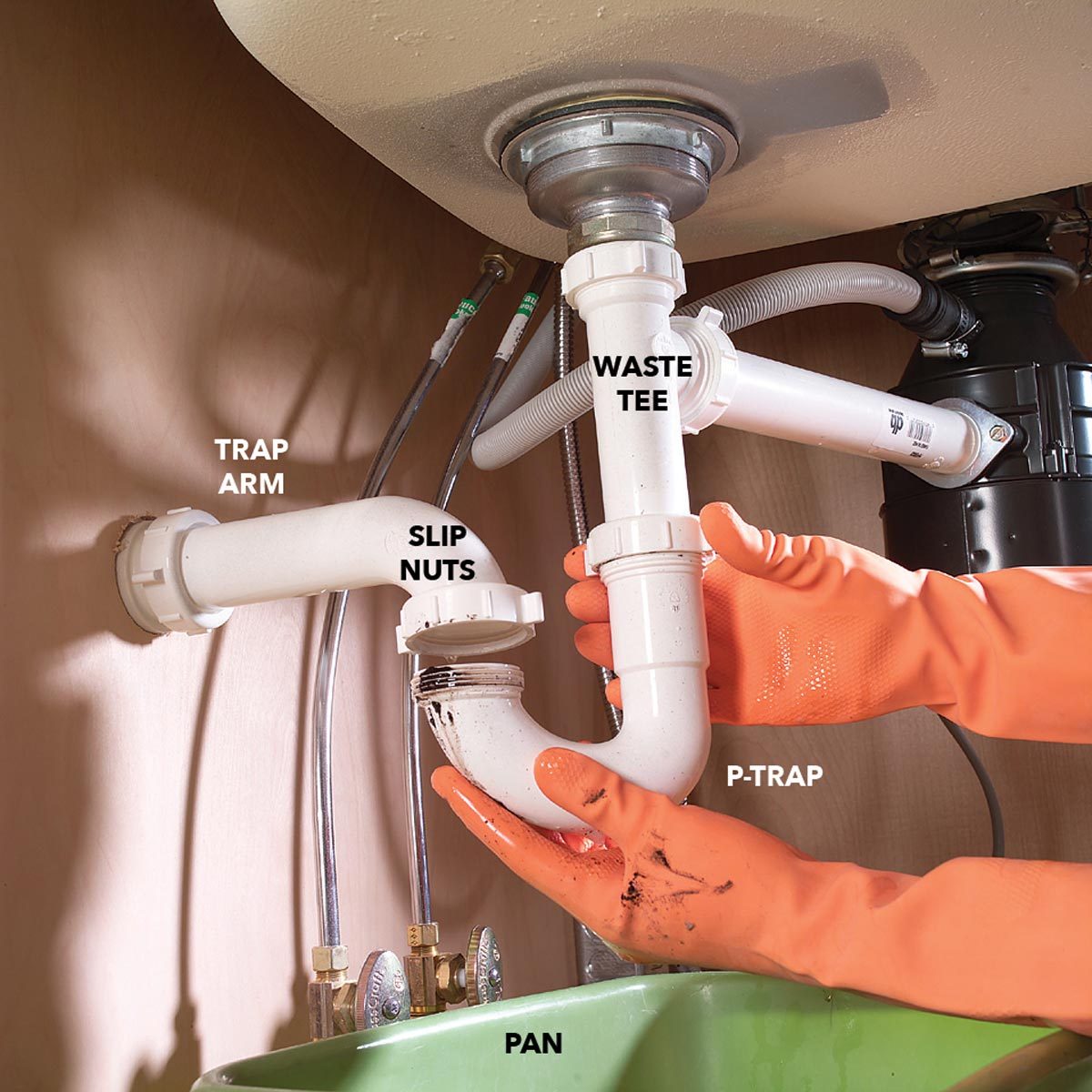Cleaning Methods for Different Sink Materials
/cleaning-bathroom-sink-GettyImages-dv1449036-566b487a3df78ce16163bfba.jpg)
How to clean bathroom sink – Maintaining the cleanliness of bathroom sinks is essential for both hygiene and aesthetics. Different sink materials require specific cleaning methods to preserve their durability and appearance. This guide provides comprehensive instructions on cleaning porcelain, ceramic, stainless steel, and granite sinks effectively.
Porcelain and Ceramic Sinks
Porcelain and ceramic sinks are known for their smooth, non-porous surfaces that resist stains and bacteria. To clean these sinks:
- Regular Cleaning: Use a mild dish soap and warm water solution to wipe down the sink daily. Avoid abrasive cleaners or steel wool, as they can scratch the surface.
- Stubborn Stains: For tougher stains, apply a baking soda paste and let it sit for 15-20 minutes. Rinse with warm water and wipe dry.
- Discoloration: To remove discoloration, mix equal parts white vinegar and water. Apply the solution to the stained area and let it sit for several hours. Rinse thoroughly.
Stainless Steel Sinks
Stainless steel sinks are durable and resistant to rust, but they can develop water spots and fingerprints. To clean these sinks:
- Regular Cleaning: Use a mild dish soap and warm water solution to wipe down the sink daily. Avoid using chlorine bleach, as it can damage the finish.
- Water Spots: To remove water spots, apply a white vinegar solution or a commercial stainless steel cleaner. Wipe with a soft cloth.
- Fingerprints: Use a microfiber cloth or a glass cleaner to remove fingerprints from the sink’s surface.
Granite Sinks
Granite sinks are known for their natural beauty and durability, but they require proper care to maintain their appearance. To clean these sinks:
- Regular Cleaning: Use a mild dish soap and warm water solution to wipe down the sink daily. Avoid using harsh cleaners or abrasive materials.
- Sealing: Granite sinks should be sealed periodically to protect them from stains and etching. Apply a granite sealer according to the manufacturer’s instructions.
- Stains: To remove stains, apply a baking soda paste and let it sit for several hours. Rinse with warm water and wipe dry.
DIY Natural Cleaning Solutions: How To Clean Bathroom Sink

Harness the power of nature to keep your bathroom sink sparkling without resorting to harsh chemicals. Natural cleaners are gentle on surfaces, safe for your family and the environment, and often more effective than their synthetic counterparts.
Embrace the following recipes to create your own effective cleaning solutions using simple ingredients like baking soda, vinegar, and lemon juice:
Baking Soda Paste
- Mix baking soda with water to form a thick paste.
- Apply the paste to the sink and let it sit for 15 minutes.
- Scrub the sink with a sponge or brush, then rinse thoroughly.
Vinegar Solution, How to clean bathroom sink
- Fill a spray bottle with equal parts white vinegar and water.
- Spray the solution onto the sink and let it sit for a few minutes.
- Wipe the sink clean with a cloth or sponge.
Lemon Juice Scrub
- Cut a lemon in half and sprinkle salt on the cut side.
- Rub the lemon half over the sink and let it sit for 10 minutes.
- Rinse the sink thoroughly.
Stain and Odor Removal Techniques

Bathroom sinks are prone to various stains and odors due to daily use, mineral deposits, and soap residue. Addressing these issues promptly helps maintain a clean and fresh-smelling sink.
Hard Water Stains
Hard water contains minerals that can leave white or yellowish deposits on sink surfaces. To remove them:
- Apply a vinegar-water solution (1:1 ratio) to the stains and let it sit for 30 minutes.
- Scrub with a soft brush or sponge.
- Rinse thoroughly with water.
Soap Scum
Soap scum is a combination of soap, minerals, and body oils that accumulates on sink surfaces. To clean it:
- Sprinkle baking soda over the scum and let it sit for 15 minutes.
- Add a few drops of dish soap and scrub with a sponge.
- Rinse well.
Mold
Mold can thrive in damp areas of the sink, causing discoloration and unpleasant odors. To remove it:
- Apply a bleach solution (1 part bleach to 10 parts water) to the moldy areas.
- Let it sit for 15 minutes.
- Scrub with a brush and rinse thoroughly.
Deodorizing Sinks
To prevent odors from lingering in the sink:
- Clean the sink regularly using the methods described above.
- Run hot water down the drain for a few minutes each day to flush out any debris or residue.
- Place a small bowl of baking soda in the sink overnight to absorb odors.